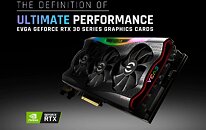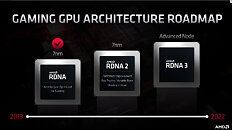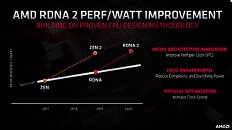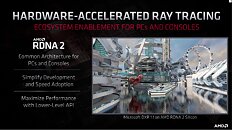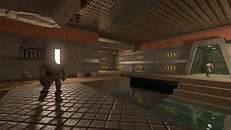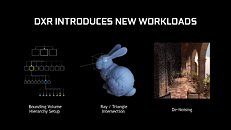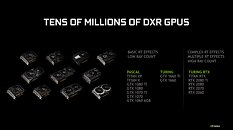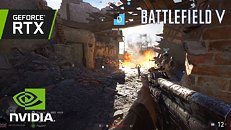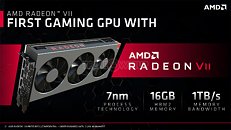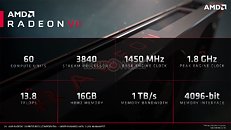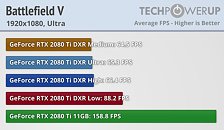
Microsoft DirectX Raytracing 1.2 and Neural Rendering Brings up to 10x Speedup for AMD, Intel, and NVIDIA GPUs
Microsoft's DirectX Raytracing (DXR) 1.2 announcement at GDC 2025 introduces two technical innovations that address fundamental ray tracing performance bottlenecks. Opacity micromaps (OMM) reduce the computational overhead in alpha-tested geometry by storing pre-computed opacity data, eliminating redundant ray-geometry intersection tests. Shader execution reordering (SER) tackles the inherent GPU inefficiency caused by incoherent ray behavior by dynamically grouping shader invocations with similar execution paths, minimizing thread divergence that has historically plagued ray tracing workloads. The real-world implications extend beyond Microsoft's claimed 2.3x OMM and 2x SER performance improvements. Both techniques are shifting development from brute-force computational approaches toward more intelligent resource management. Notably, both features require specific hardware support.
Hardware vendors' implementation timelines remain undefined despite NVIDIA's announced support across RTX GPUs, raising questions about broader ecosystem adoption rates. Microsoft's Shader Model 6.9 introduces cooperative vectors. This hardware acceleration architecture drastically improves matrix computation performance, enabling a 10x speedup in neural texture compression while reducing memory footprint by up to 75% compared to traditional methods. It bridges the gap between conventional rendering and neural rendering, with Intel, AMD, and NVIDIA already demonstrating implementations that combine path tracing with neural denoising algorithms, potentially making computationally intensive graphics accessible on mid-range consumer hardware by late 2025. While the technical merit of these advancements is clear, the April 2025 preview release timeline for the Agility SDK means developers face at least several months before these features can be meaningfully implemented in production environments.
Hardware vendors' implementation timelines remain undefined despite NVIDIA's announced support across RTX GPUs, raising questions about broader ecosystem adoption rates. Microsoft's Shader Model 6.9 introduces cooperative vectors. This hardware acceleration architecture drastically improves matrix computation performance, enabling a 10x speedup in neural texture compression while reducing memory footprint by up to 75% compared to traditional methods. It bridges the gap between conventional rendering and neural rendering, with Intel, AMD, and NVIDIA already demonstrating implementations that combine path tracing with neural denoising algorithms, potentially making computationally intensive graphics accessible on mid-range consumer hardware by late 2025. While the technical merit of these advancements is clear, the April 2025 preview release timeline for the Agility SDK means developers face at least several months before these features can be meaningfully implemented in production environments.

























